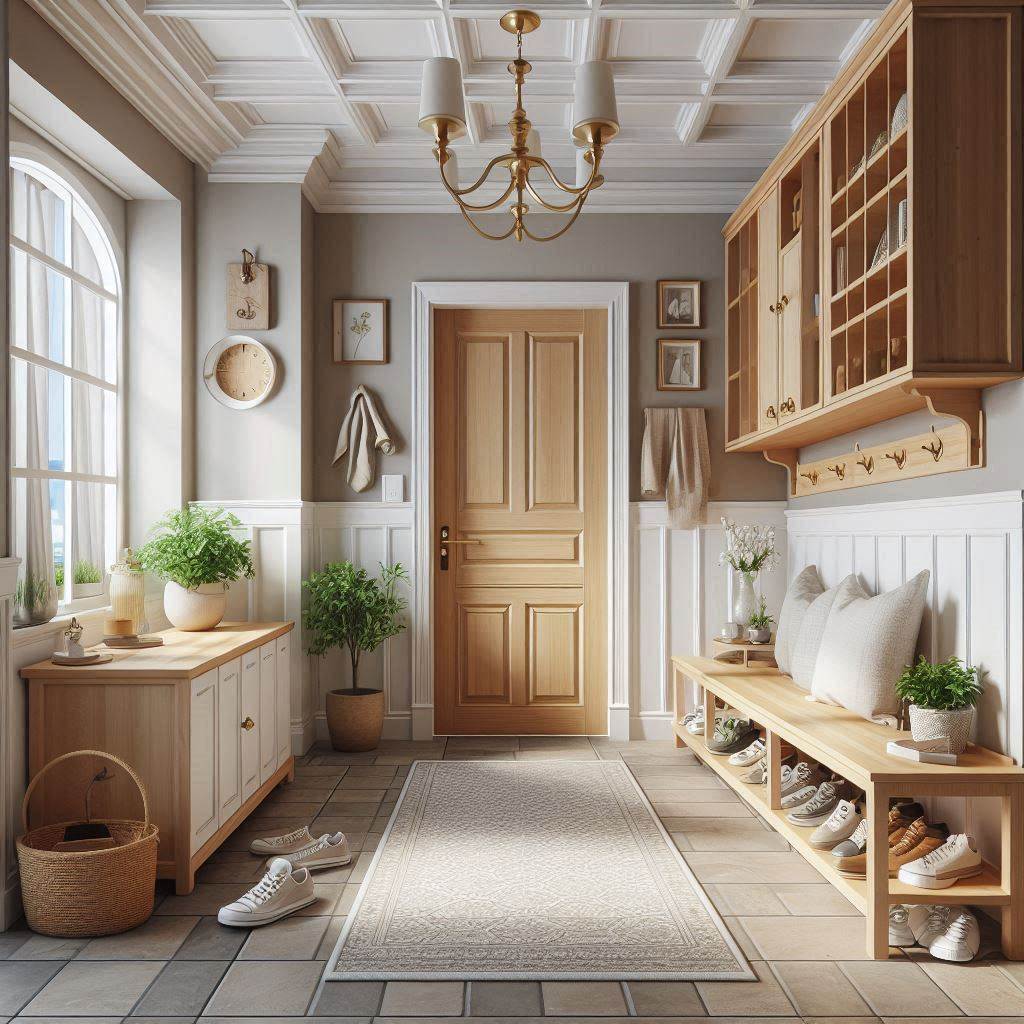The age-old debate of shoes-on or shoes-off inside the house might seem trivial at first glance. However, embracing a no-shoes policy can significantly benefit your health, protect your floors, and extend the life of your furniture. Here’s why this simple change can transform your living environment into a healthier, cleaner, and more comfortable space.
- A Cleaner and Healthier Home
Reducing Dirt and Germs
Shoes tread through various environments, from sidewalks to restrooms, picking up dirt, bacteria, and even chemicals. Studies have shown that shoes can carry harmful microorganisms like E. coli, which can be tracked into your home. By leaving shoes at the door, you create a barrier against these contaminants, ensuring your floors remain a cleaner, safer space for walking barefoot or for children to play.
Better Indoor Air Quality
Removing shoes also reduces the amount of dust and allergens entering your home. This can significantly improve indoor air quality, particularly for individuals with allergies or respiratory issues like asthma. Less particulate matter means a fresher, more breathable environment.
- Preserving Your Floors
Less Wear and Tear
Shoes, especially those with hard soles or heels, can cause scuffs, scratches, and dents on wood, laminate, and tile floors. Over time, this wear and tear can lead to costly repairs or premature replacement of your flooring. A no-shoes rule keeps floors looking pristine for longer.
Preventing Stains
Mud, oil, and grime can easily leave stains on carpets or rugs. Even with regular cleaning, some marks can become permanent, diminishing the appearance and lifespan of your floor coverings. Bare feet or house slippers eliminate this risk altogether.
- Extending Furniture Longevity
Minimizing Dirt Transfer
When shoes track dirt and debris into your home, they can transfer onto furniture surfaces like couch cushions, chairs, and beds. Over time, this can cause discoloration and wear, particularly for light-colored fabrics. By ditching shoes, you minimize the chances of grime settling where you relax.
Avoiding Impact Damage
Heavy or clunky shoes can cause accidental kicks or bumps to furniture legs, leading to chips or scratches. Soft footwear or bare feet are gentler on furniture, ensuring its structure remains intact.
- Enhancing Comfort and Serenity
A Hygienic Sanctuary
Psychologically, a shoe-free home feels like a sanctuary—clean, cozy, and inviting. Walking barefoot or in socks enhances comfort and creates a deeper sense of connection with your living space. Plus, it’s a welcome ritual for guests, signaling that your home is a place of care and thoughtfulness.
Cultural Influence
Many cultures, such as in Japan or Scandinavia, embrace a no-shoes policy as a mark of respect and cleanliness. These traditions emphasize the importance of maintaining a harmonious living space, inspiring mindfulness and pride in homekeeping.
Practical Tips for Implementing a No-Shoes Policy
Designate a Shoe Area: Create a welcoming spot near your entrance with a shoe rack or basket.
Offer Alternatives: Provide slippers or indoor shoes for guests who prefer not to go barefoot.
Communicate Clearly: Use a friendly sign or communicate your policy to visitors with a smile.
Conclusion
A no-shoes-in-the-house rule is more than just a preference—it’s a lifestyle choice that positively impacts health, floor durability, and furniture maintenance. By adopting this practice, you can enjoy a cleaner, healthier home while extending the lifespan of your household investments. So, kick off your shoes and step into the comfort and care of a shoe-free sanctuary!

